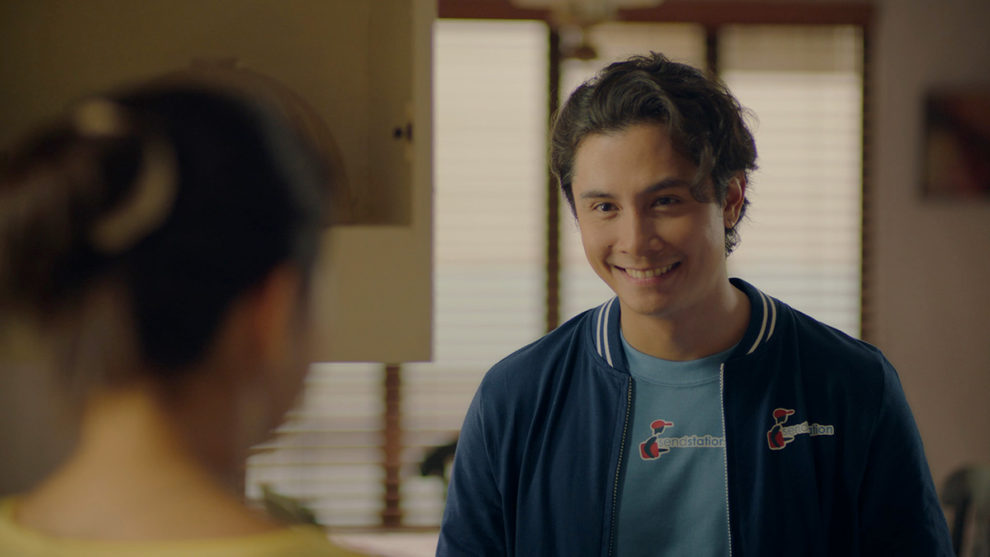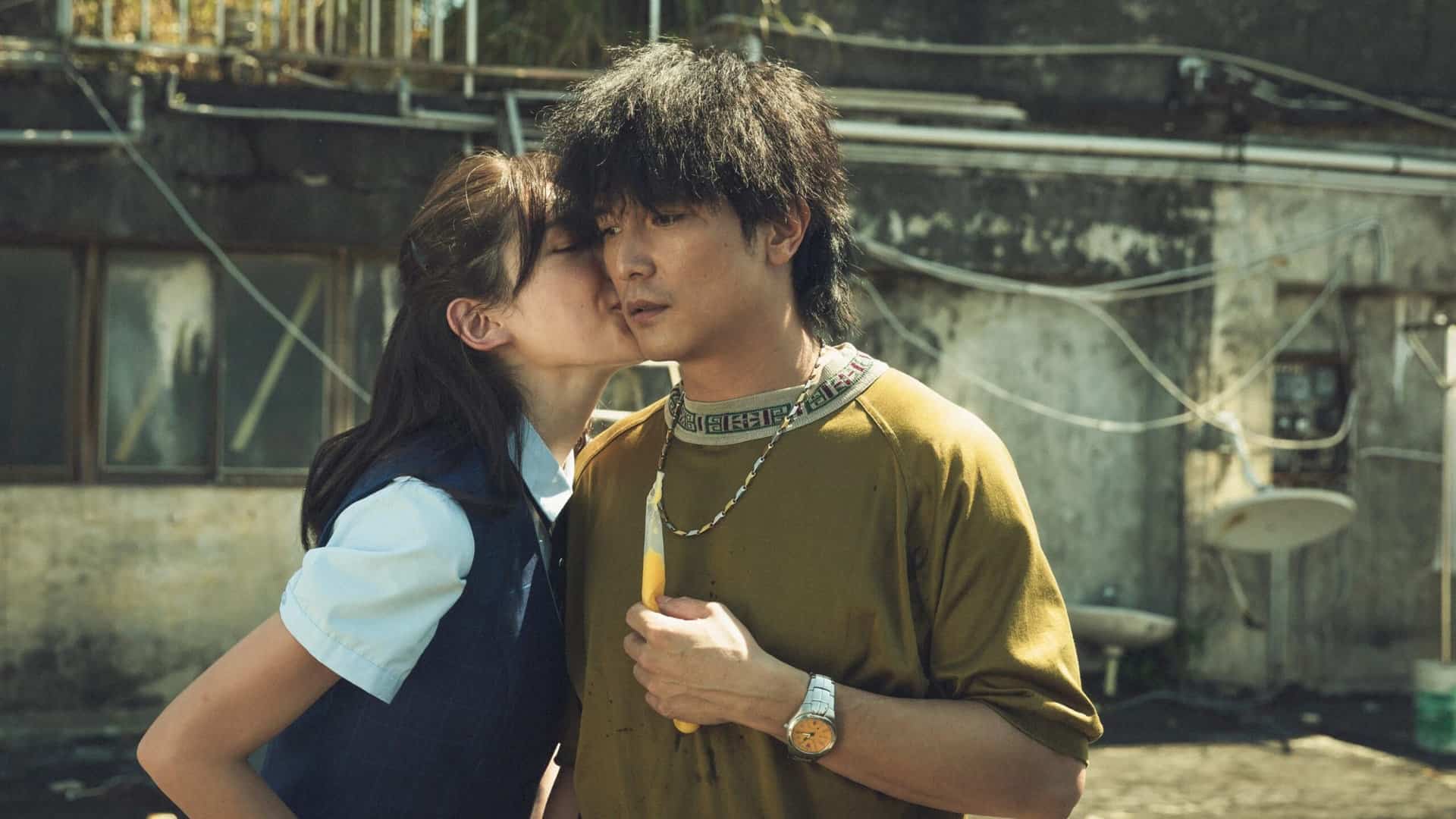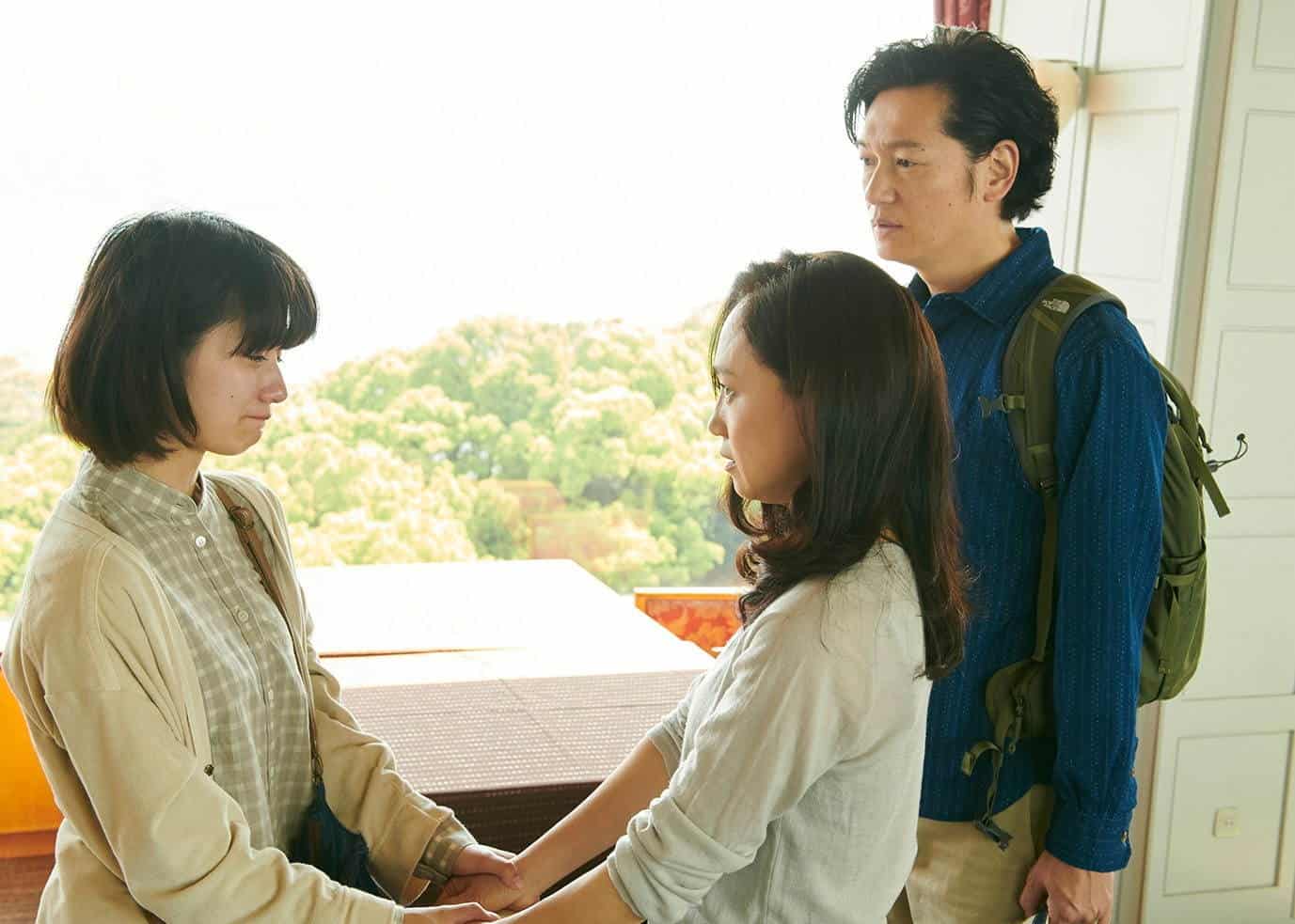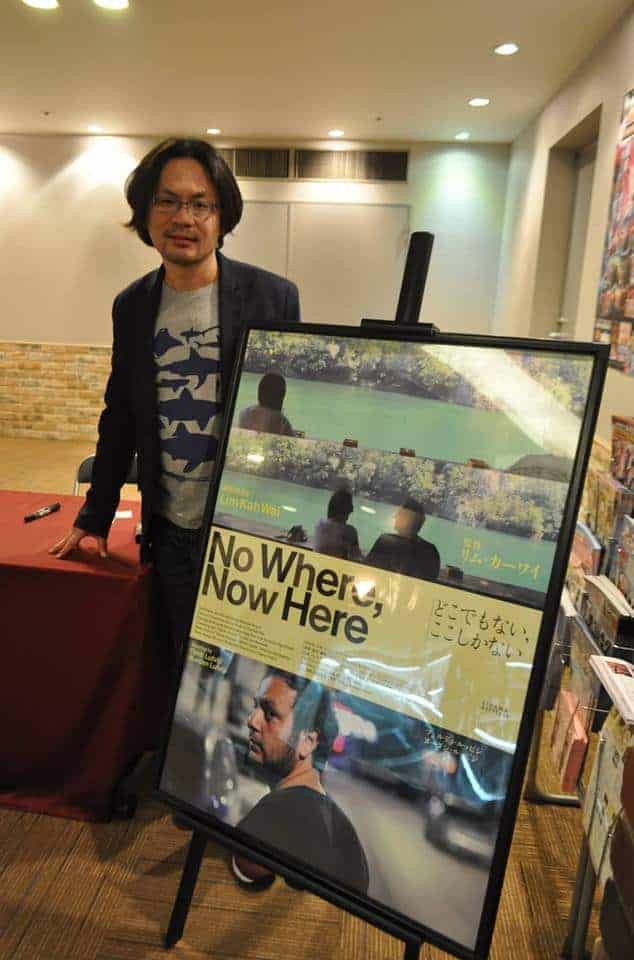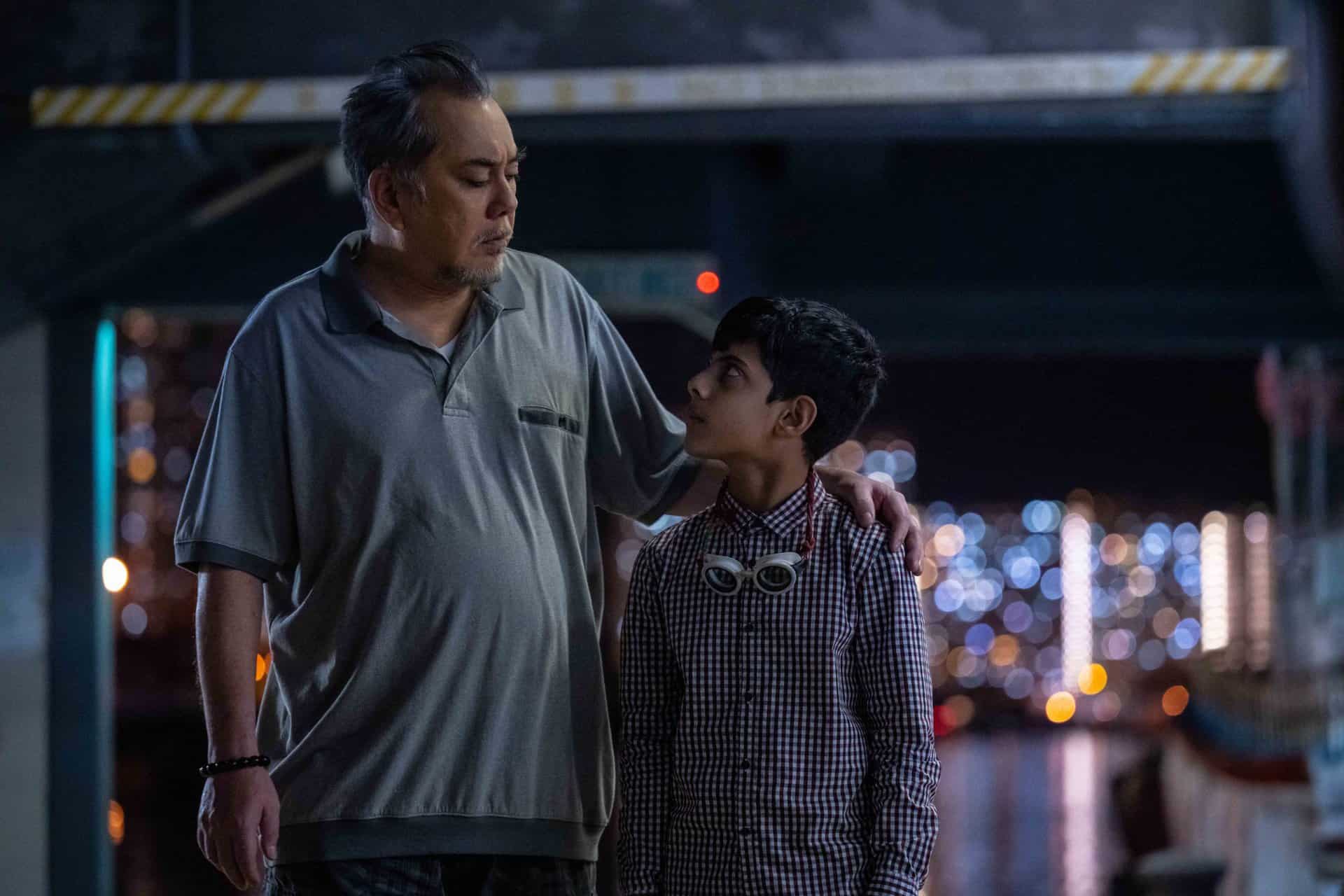Releases of movies concerning pandemic experiences were just a matter of time. Though, apart from some experimental shorts keeping creative folk busy during the lockdown and up-to-date documentaries addressing various issues arising in these tough times, I didn't expect them to arrive so soon. And “Here and There” (Dito at Don) is an interesting harbinger of dealing with the subject. As in Europe and many other places ,we are still far from back to normal, one can expect gloomy, claustrophobic pieces focused on dealing with isolation, loneliness, and fear. However, JP Habac went for a… pandemic dramedy, definitely more sweet than bitter, shot in warm hues with soft touches of a rom-com. The Filipino director, who with an indie romance “I am drunk, I love you” or a web series “Gaya sa Pelikula” became a chronicler of love and everyday struggles of a young generation, comes back to the familiar territories of emotional ups and downs of millennials… and their bind to social media.
Here and There is screening at Osaka Asian Film Festival

The story takes us months back when in the initial phase of the pandemic, Philippines started lockdown. To keep the spirits up, people stay connected via the internet, which becomes the center of their universe and the sole source of entertainment. Len (Janine Gutierrez), a political science major, interacts with her closest pair of friends; a lot chatting and e-partying. Caloy (JC Santos) joins one of their online drinking sessions. The more the merrier, they said… The cozy and carefree atmosphere however shatters, as Len and Caloy realize that they have just clashed on social media in a fiery comments exchange. The heated argument reignites and the meeting doesn't end well… Despite the bad start though, Len and Caloy overcame the differences and gradually develop a bond, sharing stories from their lives and everyday joys and sorrows.

Caloy, who misses his family in Cebu, can't join them because the lockdown got him stuck in Manila. Working as a delivery guy, he also doesn't have the privilege of holing up at home. Although Len doesn't have to go out for any other purpose than grocery shopping, the pandemic isn't any easier for her. Mother, with whom she lives, is a nurse at a hospital, which makes matters quite tough. So despite being under one roof, they seem apart, by circumstances forced to talk only from a distance, unable to support each other with a simple hug. Any conversation ends up in an argument, as Len thinks her mum should retire to avoid the risk of infection. Mother, of course, considers her current medical service more important than ever.
The director chose an interesting strategy to tell his story. The characters are in the confinement of their apartments and can't meet, communicating through social media. As viewers, however, we are not condemned only to virtual windows. Whenever characters start interacting, suddenly the camera shows them in the same room. They talk naturally, only the body language differs from one of the “real” encounters (eg. they never touch each other or during the toasts don't clink bottles). Also when the conversation stops, an interlocutor disappears in thin air. The situation onscreen reflects the closeness and intimacy arising in online contacts (sometimes in a humorous way, when unexpected chat happens when characters are in pajamas, in the middle of chores, or right after a shower). It works surprisingly well and convincing.
I remember a US movie from a few years back – a thriller enacted only through mobile and computer screens: via cameras, chats, emails, and search results. After the initial 30 minutes, it was a challenge to focus attention as switching between various windows became too tiring and repetitive. The simple trick used in “Here and There” not only allows makers to escape the formal and logical restrictions but also helps the viewer to believe in a friendship blossoming between the characters, which would be difficult, without showing them face to face.
The movie is largely based on dialogues, and they flow smoothly with a load of unpretentious wit. Janine Gutierrez and JC Santos are a treat to watch – they share a wonderful chemistry, which never makes accompanying them in their forming relationship boring.
Although there are some bitter pills to swallow, “Here and there” is not heavy-weighted. It doesn't try to deal thoroughly and deeply with pandemic fears and experiences. It signals some problems (like economic inequalities or the alarming condition of the healthcare system), but most of the time it shows smiled, young, good-looking people who deal with the situation pretty well. The points of focus are relationships, emotions and to what extent online ties are real. While pre-pandemic movies portray a world so different from current experiences of many of us, where a simple get together at a pub or a view of a mask-less crowd seems stranger than a zombie apocalypse, this piece offers some familiar experiences of today, with social life which turned virtual, killing time with preparing Dalgona coffee or mask as an essential part of a grocery visit outfit. In the future, there will be time for more gloomy and gritty dealings with the subject. But as for now, a light-weighted pandemic dramedy provides the bittersweet entertainment we need.


